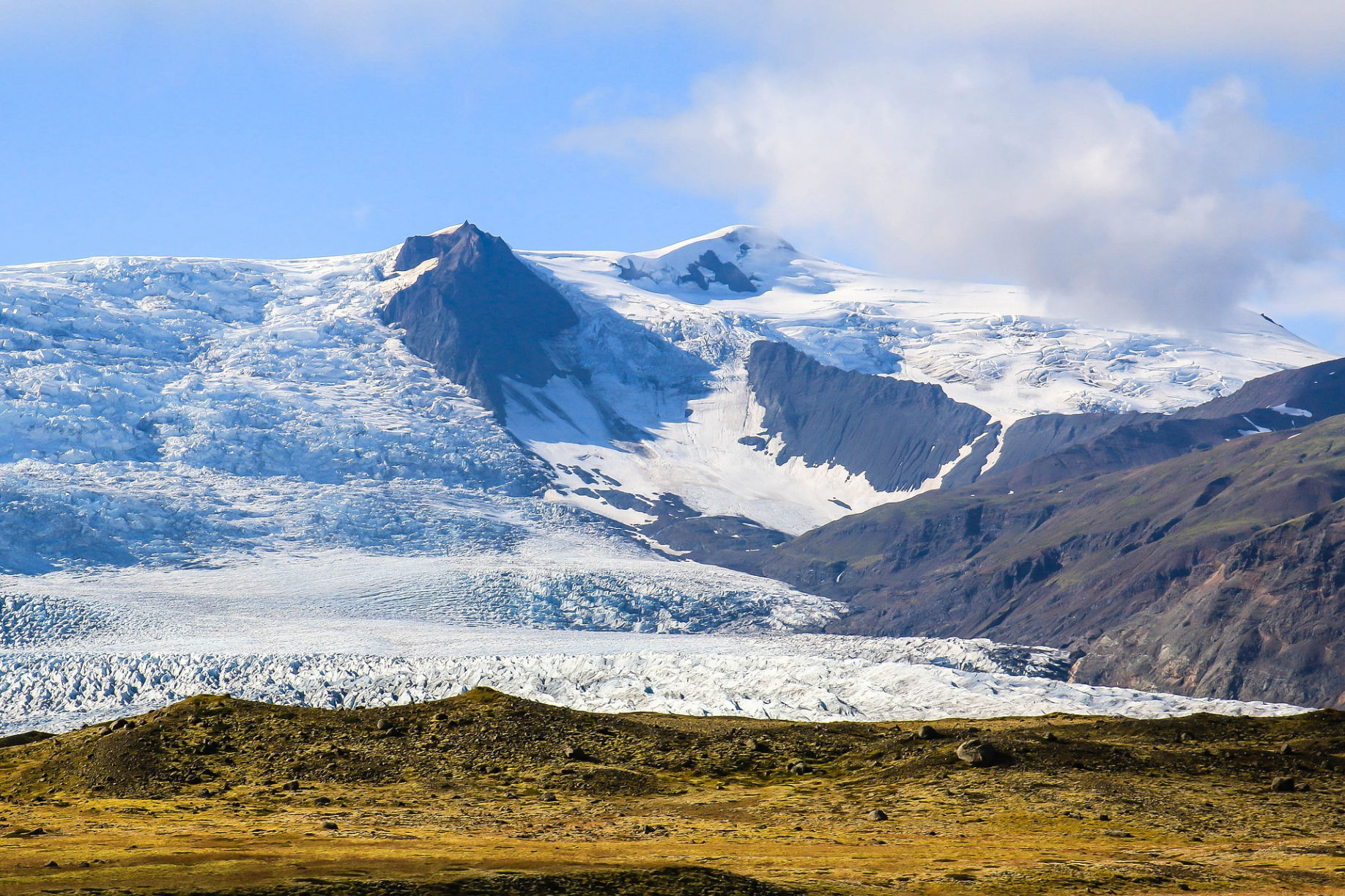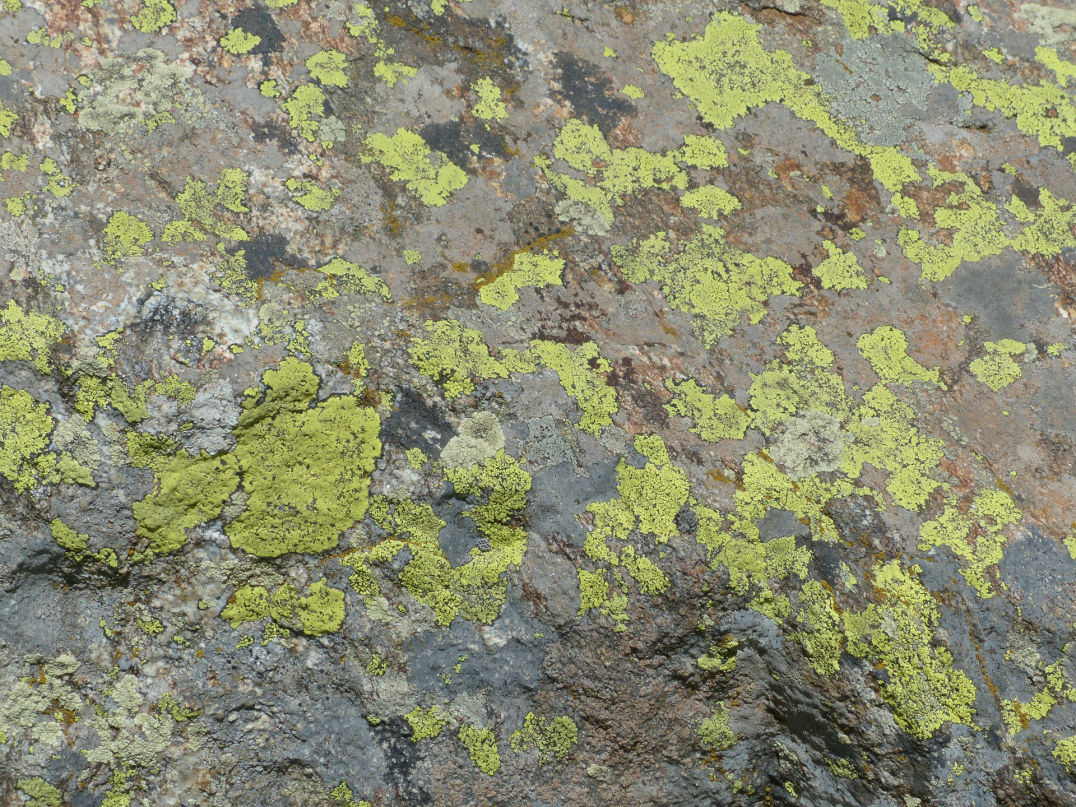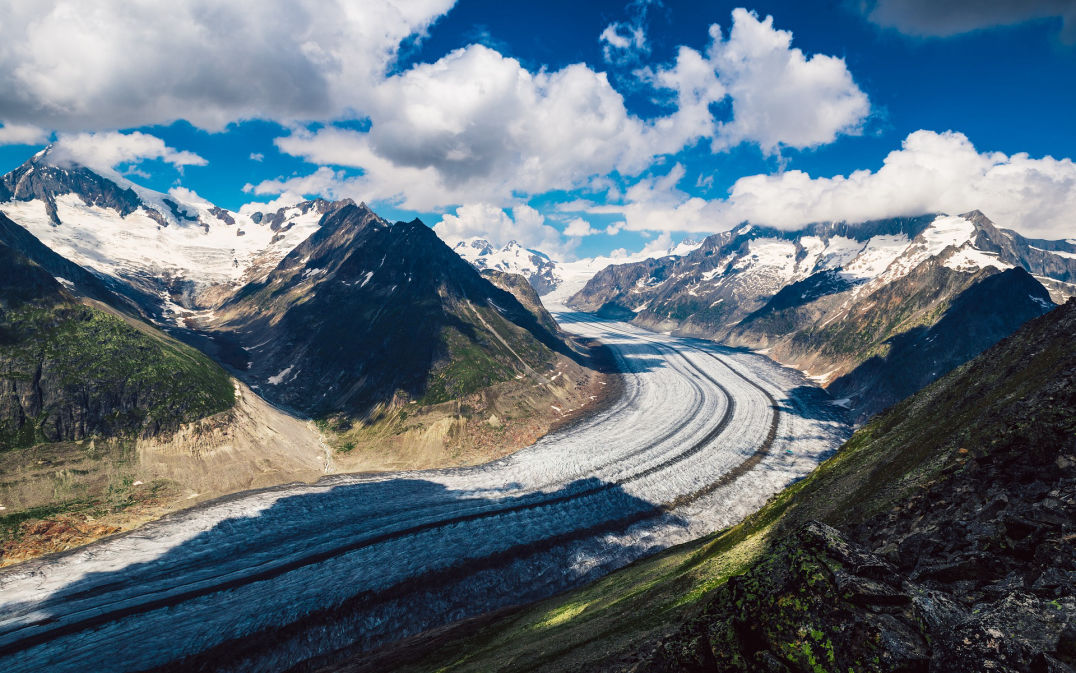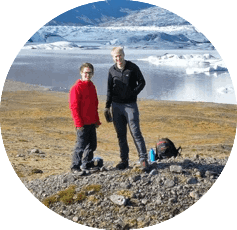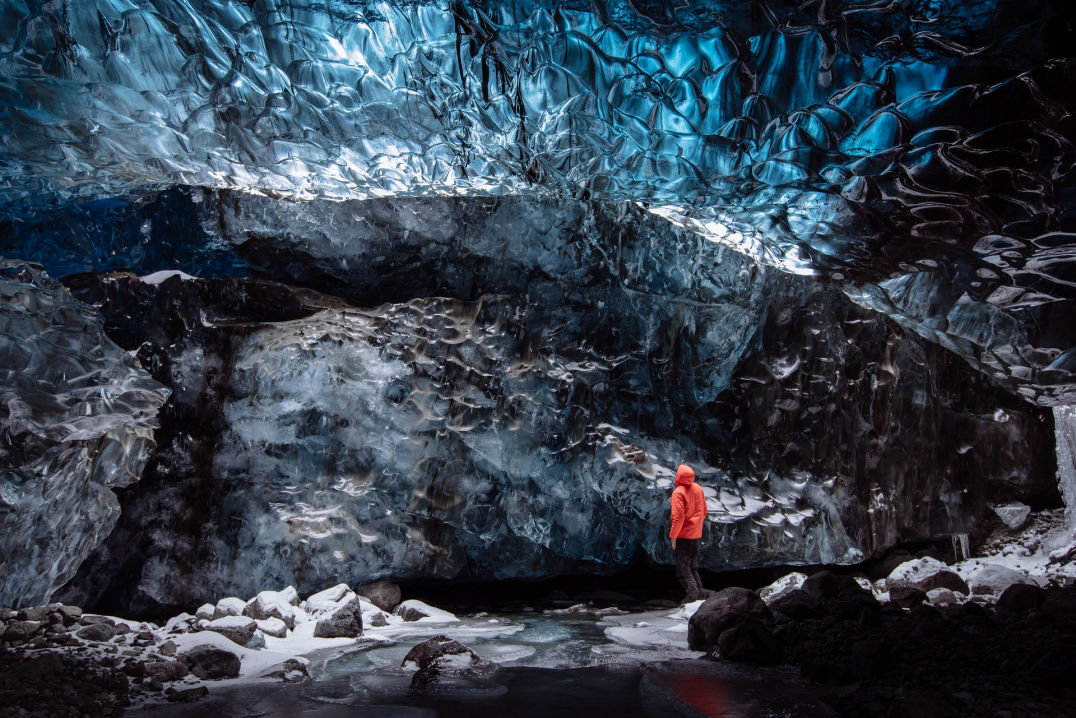
Iceland ice cave
Geological Setting
Öræfajökull is an ice-capped stratovolcano which lies on the southeast coast of Iceland on the southern tip of the Vatnajökull ice cap (Stevenson et al., 2006). Although seismically quiet with small-magnitude eruptions (Pagli et al., 2007), the volcano is positioned within the moderately-active volcanic system joined with Esjufjöll and Snæfell (Larsen et al., 2015). Although eruptions of Öræfajökull have occurred during both glacials and interglacials (Prestvik, 1980), it is the interaction between mafic and silicic magma and ice that results in jökulhlaup events.
